Car accidents come in various forms, each with its unique characteristics, causes, and consequences. In this guide, we will explore different types of car accidents, including rear-end collisions, side-impact of different types of car crashes, rollover accidents, and single-vehicle accidents. For each type, we will delve into their causes, common scenarios, potential injuries, and safety measures, offering insights to help drivers understand and mitigate the risks associated with each type of accident.
What are Car Accidents?
Car accidents refer to incidents involving cars colliding with each other, pedestrians, animals, or objects, resulting in damage to property, injuries, or fatalities and these accidents can occur due to various factors, including driver error, speeding, distracted driving, adverse weather conditions, mechanical failures, and road hazards. Car accidents can have significant physical, emotional, and financial consequences for those involved, highlighting the importance of safe driving practices, adherence to traffic laws, and the implementation of measures to prevent accidents.
Types of Car Accidents
s can involve other cars, Pedestrians, Animals and Stationary objects like trees, buildings, or poles. Different types of car accidents are given below with their description.
|
Type of Car Accident |
Description |
| Rear-end Collision | Occurs when a vehicle crashes into the back of another vehicle, often due to following too closely. |
| Head-on Collision | Involves two vehicles colliding front-to-front, typically at high speeds, often resulting in severe injuries. |
| Side-impact Collision | Also known as T-bone or broadside collision, occurs when the front of one vehicle strikes the side of another vehicle. |
| Single Vehicle Accident | Involves only one vehicle and may result from factors like skidding, hydroplaning, or hitting an obstacle. |
| Multi-vehicle Pile-up | Involves multiple vehicles colliding with each other, often on highways or during adverse weather conditions. |
| Rollover Accident | Occurs when a vehicle tips over onto its side or roof, often due to sharp turns or collisions at high speeds. |
| Intersection Collision | Happens at intersections when vehicles fail to yield, run red lights, or make improper turns. |
| Sideswipe Accident | Involves vehicles colliding along their sides while travelling parallel to each other, often during lane changes. |
| Pedestrian or Cyclist Accident | Involves a vehicle striking a pedestrian or cyclist, often at intersections or in areas with heavy foot or bike traffic. |
| Parking Lot Collision | Occurs in parking lots when vehicles collide while manoeuvring into or out of parking spaces. |
Car Accidents: A Breakdown by Type
An incident where a motor vehicle collides with another object. These collisions could involve fixed objects like trees or buildings, as well as other motor vehicles. Car accidents are as common as they are devastating. Different types of car accidents along with their advantages are given below.
1. Rear-end Collision
A rear-end collision occurs when a vehicle crashes into the back of another vehicle, often due to following too closely or sudden braking.
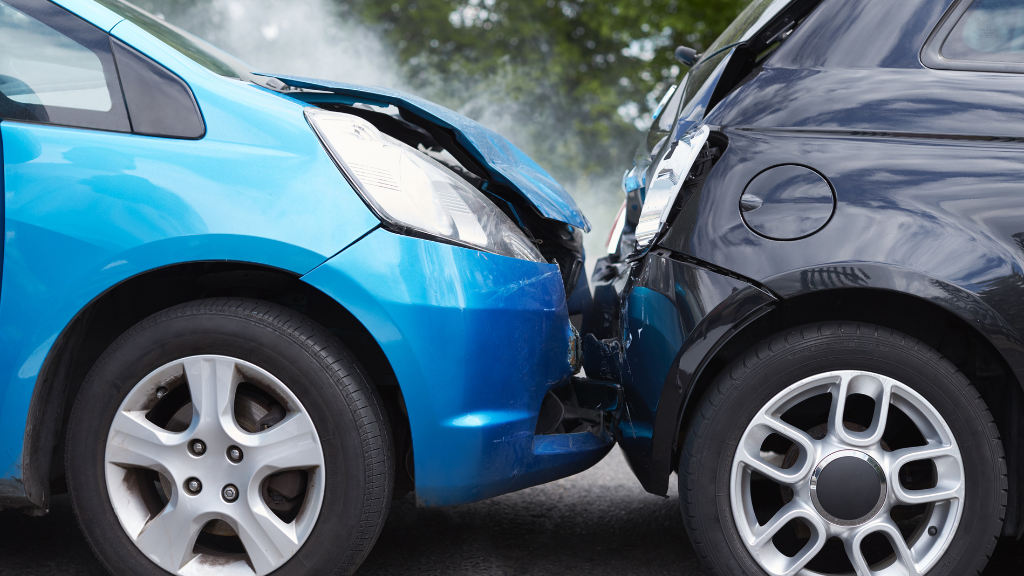
-
Advantages:
- Usually results in minor injuries and damage, especially at lower speeds.
- Typically straightforward in terms of determining fault, often falling on the driver who rear-ended the other car.
2. Head-on Collision
Involves two vehicles colliding front-to-front, often at high speeds, resulting in severe injuries and damage.
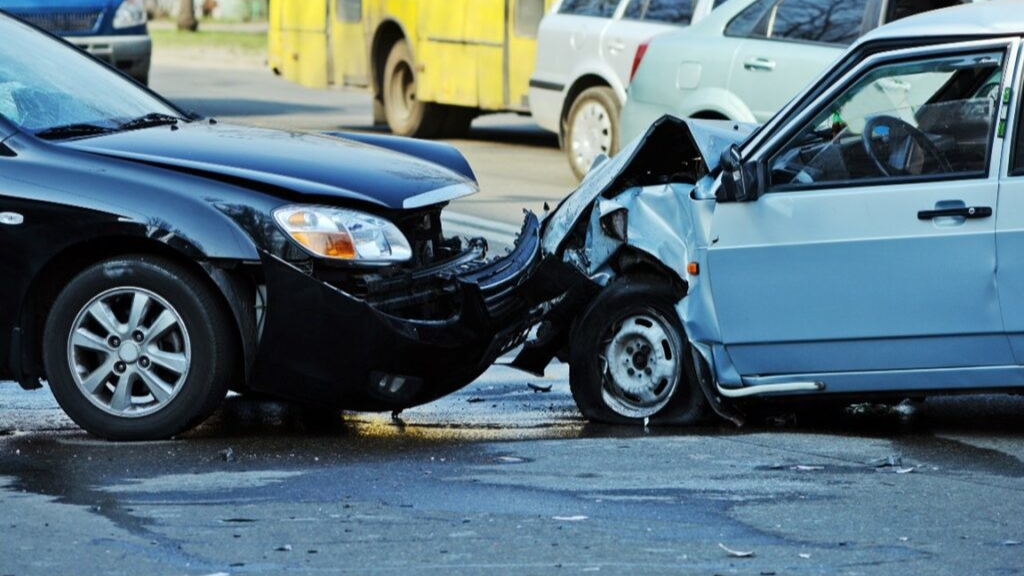
-
Advantages:
- Relatively uncommon compared to other types of accidents.
- Offers a clear understanding of fault, usually falling on the driver who crossed into the opposing lane.
3. Side-impact Collision
Side-impact Collision also known as T-bone or broadside collision, occurs when the front of one vehicle strikes the side of another vehicle.
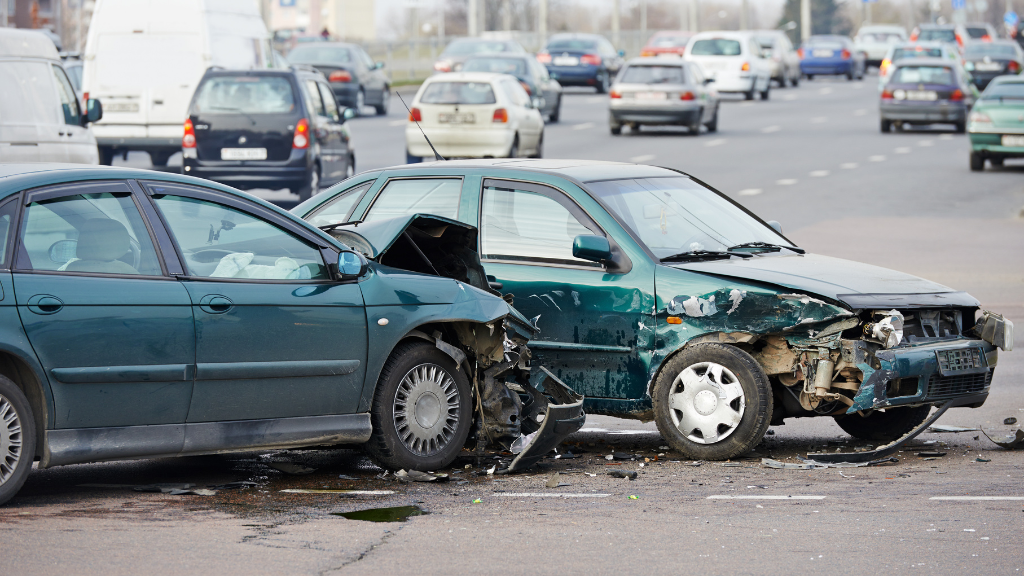
-
Advantages:
- Provides some protection to occupants due to side-impact airbags and reinforced side panels.
2. May result in fewer severe injuries compared to head-on collisions.
4. Single Vehicle Accident
Involves only one vehicle and may result from factors like skidding, hydroplaning, or hitting an obstacle.
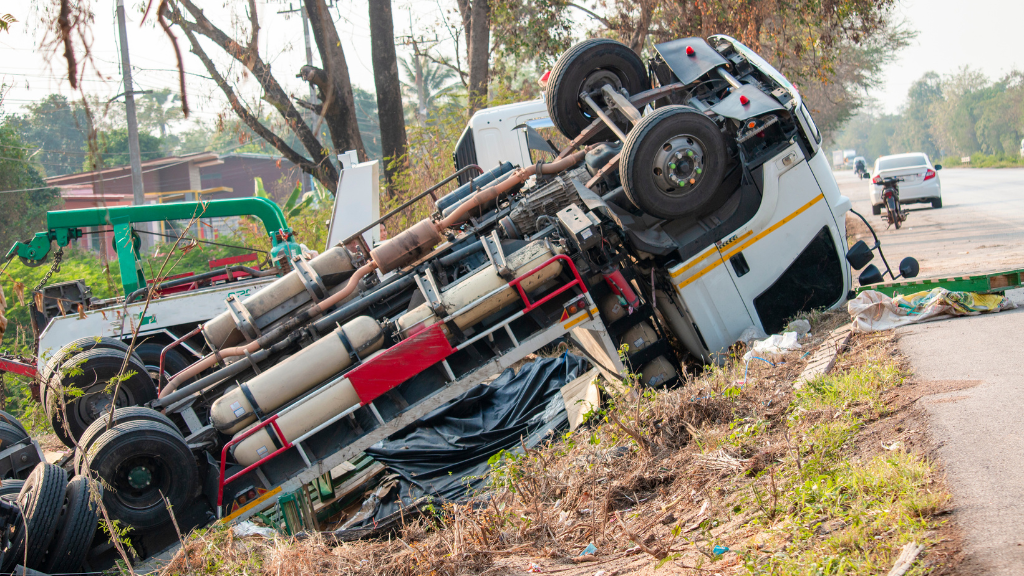
-
Advantages:
- Limited to damage and injuries sustained by the occupants of the single vehicle.
- Often easier to determine the cause, as there are no other vehicles involved.
5. Multi-Vehicle Pile-up
Involves multiple vehicles colliding with each other, often on highways or during adverse weather conditions.
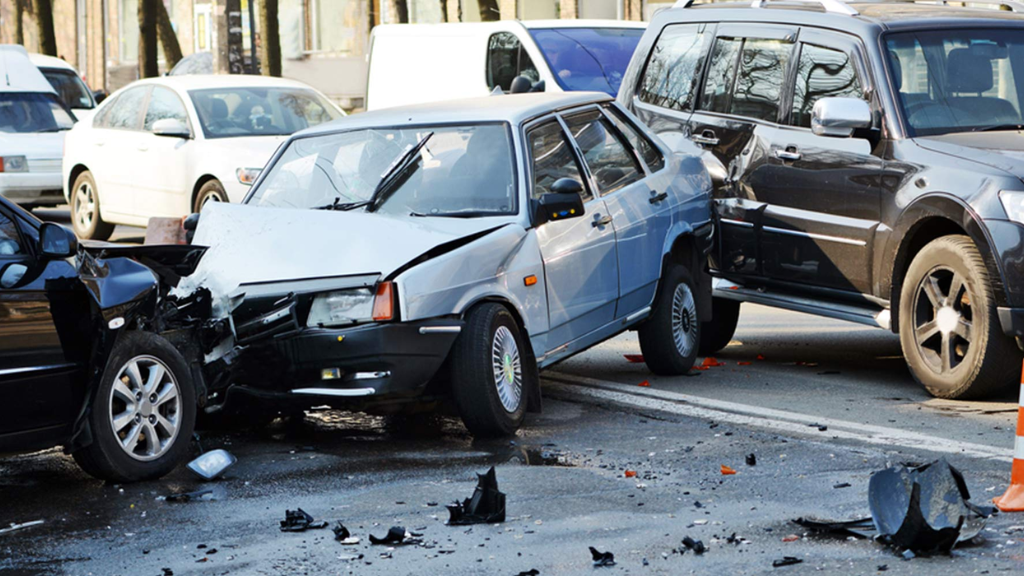
-
Advantages:
- Rarely results in severe injuries or fatalities if vehicles are travelling at lower speeds.
- Emergency services can respond quickly to assess and manage the situation.
Conclusion
Be aware and focused
- Avoid distractions: Don’t use your phone while driving, avoid eating or applying makeup, and limit conversations with passengers.
- Maintain focus: Be mindful of the road and traffic around you, anticipate potential problems, and avoid daydreaming.
You can also refer to vecrep.com verified garages to know about accidental car repair costs for better transparency and better cost.






Leave a Reply